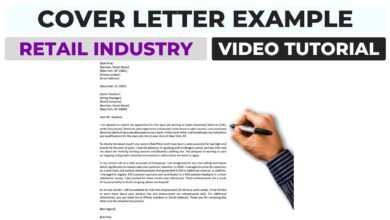How to Delete Reposts on TikTok
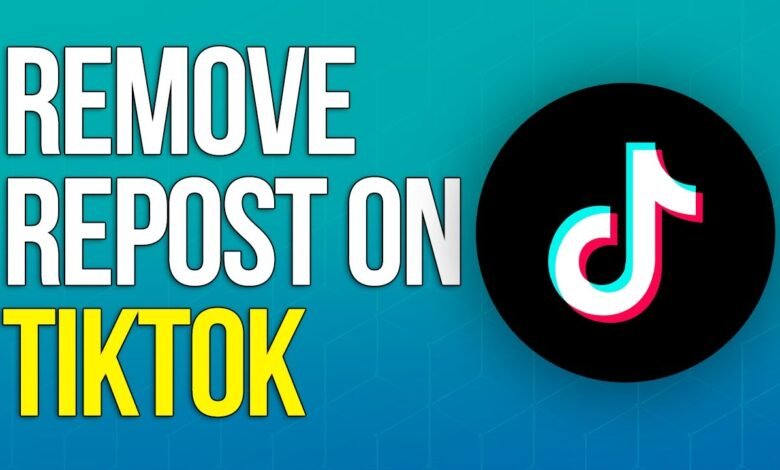
TikTok, the computerized domain with a reduced recordings rule, has hardened its worldwide presence with a steadily growing client base. Amid the dynamic embroidery of its substance, the way of life of sharing and reposting flourishes, winding around a complicated trap of commitment. Yet, within this digital ecosystem lies the looming specter of copyright breaches and content misalignment. Delete TikTok Reposts This discourse navigates the labyrinth of TikTok, unraveling nuanced strategies to manage and purge unwanted reposts deftly. Through these measures, a sanctuary is forged where creators and consumers coexist harmoniously, safeguarding the essence of originality and respect.
Understanding TikTok Reposts
TikTok’s repost culture thrives on sharing others’ content, bypassing the effort of crafting original material. This phenomenon, rampant among users, serves diverse purposes, from expressing admiration for standout videos to spreading humor or seeking wider exposure. Delete TikTok Reposts Reposting entails users downloading and re-uploading original videos to their profiles, which may bolster visibility but not without caveats. Delving deeper, we confront the looming shadows of copyright infringement and ethical dilemmas woven intricately into TikTok’s communal fabric.
What are TikTok reposts?
Inside the energetic scene of TikTok, reposts arise as an inescapable pattern, forming the stage’s mutual experience. This peculiarity involves clients spreading others’ recordings without any trace of unique commitments, driven by different intentions, going from adoration for makers to the quest for expanded permeability. However, underneath the surface lies an intricate embroidery of moral scrapes and legitimate repercussions, with copyright encroachment and content misappropriation creating shaded areas in the domain of computerized articulation. Navigating TikTok’s landscape requires a nuanced understanding of reposts, fostering responsible content sharing and community stewardship.
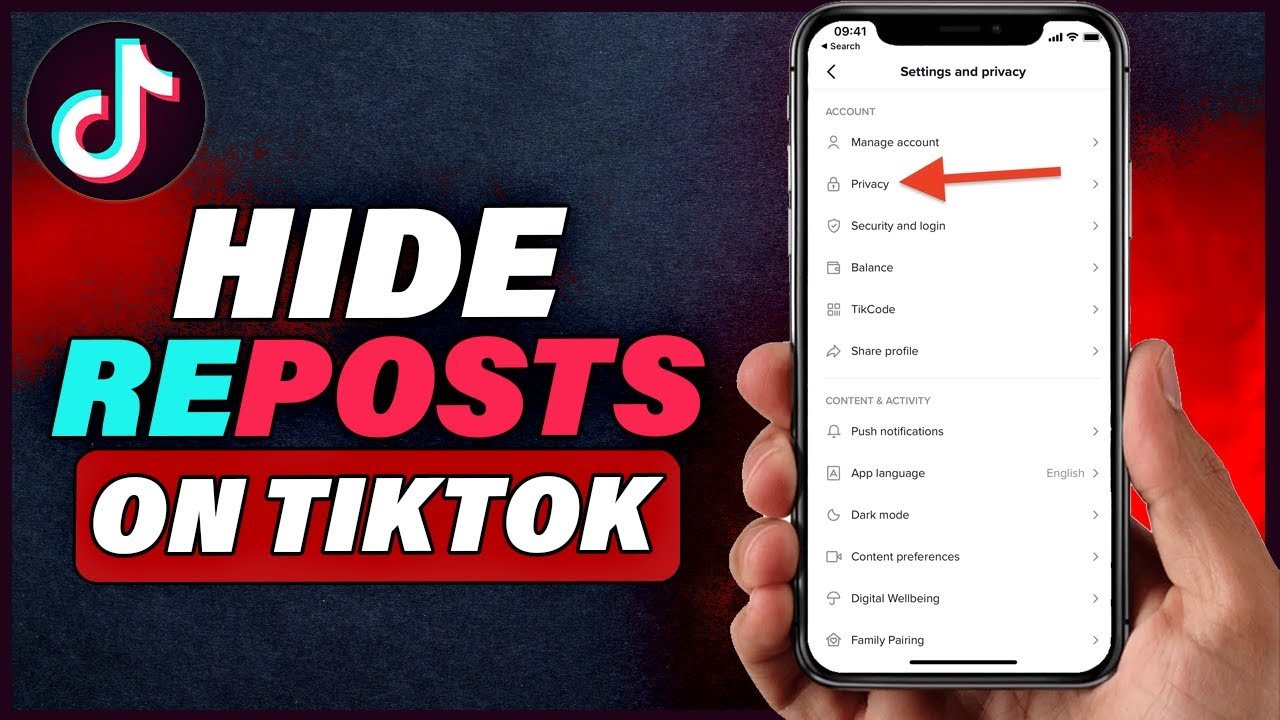
How do TikTok reposts work?
TikTok reposts operate by users downloading original videos and then re-uploading them to their profiles. This process allows individuals to share content without creating new material. Reposts may occur for various reasons, such as admiration for the original content, humor, or a desire for increased visibility. While reposting can expand a video’s reach, it’s essential to consider the creator’s rights and ensure proper attribution. They understand how TikTok reposts function is crucial for navigating ethical sharing practices on the platform. Learn how to make money on TikTok Live.
Why Delete Reposts on TikTok?
The demonstration of deleting reposts on TikTok conveys principal importance on various fronts. It is a defense shielding the holiness of makers’ licensed innovation freedoms, consequently maintaining their legitimate affirmation. Besides, canceling reposts is critical to protecting the stage’s moral texture, discouraging unapproved scattering of content. Similarly important is its job in deflecting potential risks, such as character usurpation and outlandish badgering produced by unattributed reposts. The destruction of reposts encourages an ethos of regard and fortitude, supporting an amicable environment inside TikTok.
They are protecting intellectual property rights.
- We are maintaining control over one’s content.
- I am avoiding potential legal issues related to copyright infringement.
- We are preserving the integrity of the TikTok community.
There are several methods to address and delete reposts on TikTok:
Addressing and eliminating reposts on TikTok involves employing various strategies. Users have multiple options, from reporting the offending content to contacting the original creator directly. Additionally, blocking the reporter can effectively prevent further instances of unauthorized sharing. By going to proactive lengths and using the stage’s revealing elements, TikTok clients can keep up with command over their substance and maintain moral norms inside the local area.
Reporting the Repost
In the realm of TikTok, tackling a repost necessitates the vital recourse of reporting it, marking a pivotal juncture in the defense of your content. Employing the reporting feature bespoke to TikTok, you effectively alert the platform to the transgression, signaling a breach of community guidelines or copyright protocols. This proactive stance triggers scrutiny of the matter by TikTok’s authorities, culminating in appropriate actions, be it the expurgation of the repost or punitive measures levied against the transgressor. Such vigilant reporting fortifies the safeguarding of your intellectual property and bolsters the fabric of integrity within the TikTok community, reaffirming the commitment to ethical norms and communal well-being. Discover how to seamlessly Go Live on TikTok on PC for enhanced engagement and reach.
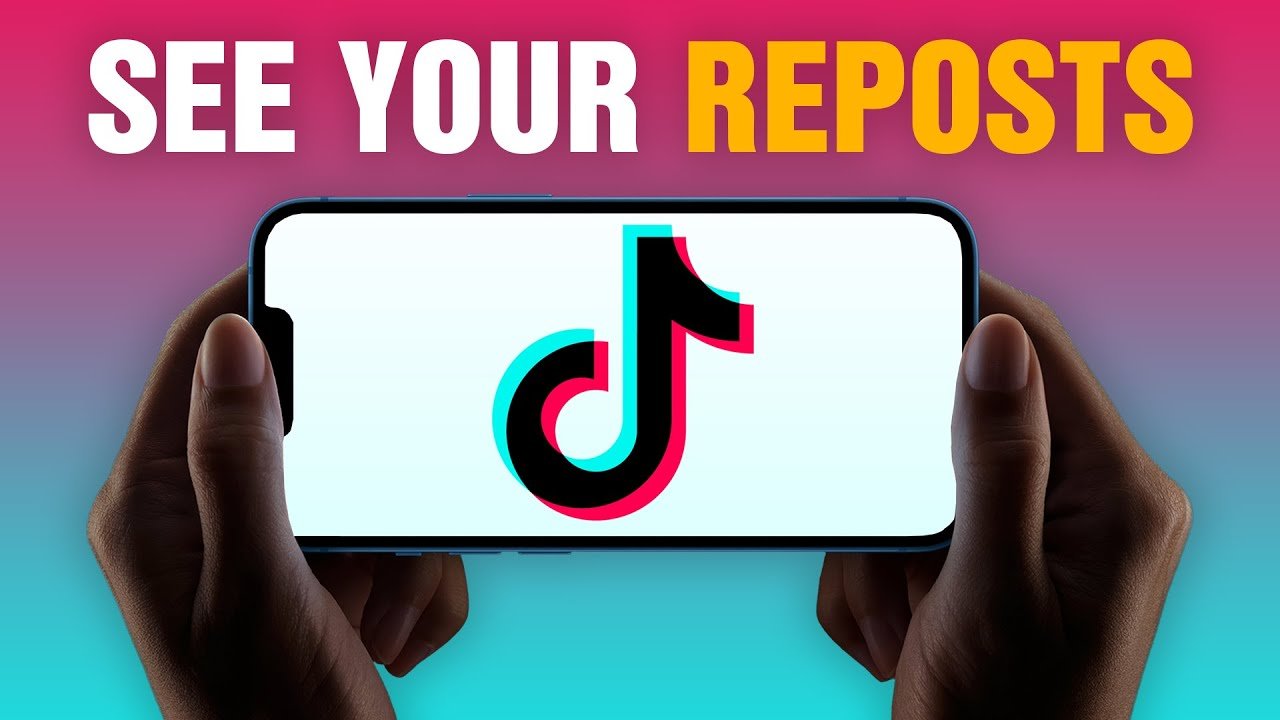
Contacting the Original Creator
Initiating direct communication with the original creator of a TikTok video repost offers a strategic pathway toward resolution. Through this approach, you engage in a dialogue wherein concerns are articulated, and requests for corrective action are made. Such a discreet maneuver cultivates an environment conducive to transparent discourse, often culminating in expeditious resolutions. Delete TikTok Reposts However, adopting a demeanor of courtesy and professionalism throughout the interaction is imperative, accentuating the gravity of intellectual property rights preservation. By orchestrating effective dialogue, the expeditious removal of reposted content becomes a tangible outcome.
Blocking the Reposter
Taking decisive action by blocking individuals who repost your TikTok content is pivotal in managing such occurrences. By initiating this measure, you effectively thwart any potential interactions between these users and your profile, thereby averting unauthorized sharing of your content. This proactive step serves as a bulwark, shielding your intellectual property from further compromise and consolidating your authority over your TikTok domain. Through hindering, the expansion of unsanctioned reposts is ended, highlighting your obligation to maintain moral standards and saving the holiness of your imaginative result onstage.
Bit by bit Manual for Erasing Reposts on TikTok
Recognizing the Repost: Cautiously survey your TikTok feed and warnings to distinguish any examples of reposted content.
Detailing the Repost: Utilize TikTok’s revealing element to signal the reposted content as an infringement of copyright or local area rules.
Reaching the First Maker: Contact the first maker of the substance and solicitation. They address the repost.
Blocking the Reposter: If necessary, block the user who reposted your content to prevent further instances.
Preventive Measures Against Reposts
In the fast-paced realm of social media, especially on platforms like TikTok, users must proactively prevent reposts through strategic interventions. Embracing a proactive stance entails deploying preemptive measures, such as configuring account settings to a private mode and embedding distinctive watermarks into content. These preventive tactics are formidable deterrents against unauthorized sharing, fortifying the protective shield around one’s creative output. By strengthening their content, users maintain control over their creations, reducing the chance of unauthorized reposts and preserving the integrity of their artistic endeavors.
The Impact of Reposts on TikTok Users
The ripple effects of reposts on TikTok transcend mere irritation, delving into realms of profound consequence for users. Unauthorized reposting undermines the original creator’s authority over their creation, corroding their control and diluting their ownership. Moreover, continuous instances of reposting breed fertile ground for identity theft or harassment, casting a pall over the user experience. Additionally, the unchecked proliferation of unattributed content imperils the very fabric of the platform’s integrity.TikTok users must promptly address reposts to protect their rights and fortify the digital ecosystem with positivity and respect.
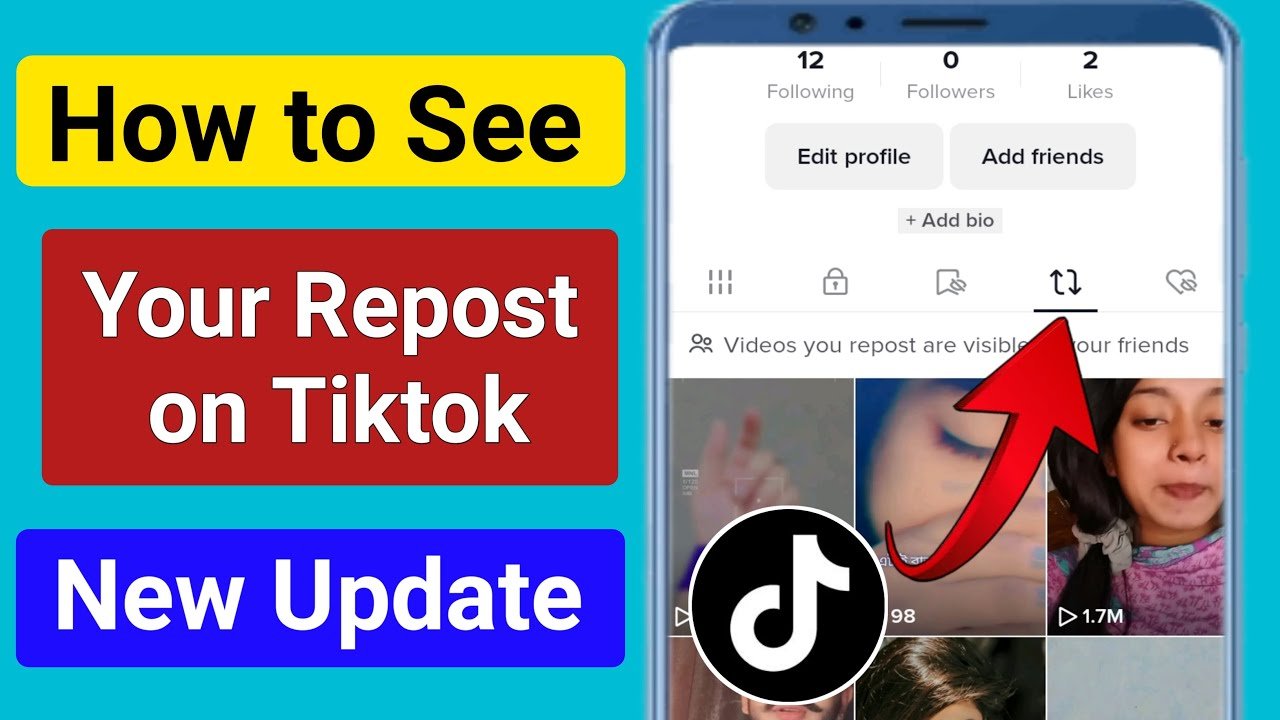
Legal Aspects of Reposts on TikTok
The demonstration of reposting content on TikTok without getting legitimate approval presents a maze of lawful complexities. Each TikTok video is a sign of creativity, subsequently safeguarded under intellectual property regulation. Thus, the unapproved reposting of another person’s substance possibly penetrates copyright guidelines, in this way repudiating TikTok’s severe terms of administration. Such actions could lead to severe repercussions, ranging from account suspension to legal consequences. It is incumbent upon TikTok clients to maintain the sacredness of protected innovation freedoms and constantly look for express authorization before enjoying any content reposting, hence seizing the unfavorable shadow of legitimate repercussions.
Maintaining Ethical Practices on TikTok
Maintaining ethical practices on TikTok is crucial for fostering a positive and respectful community. Upholding integrity involves:
- I respect intellectual property rights.
- I am seeking permission before reposting content.
I am giving credit to the original creators.
Besides, clients should abstain from participating in cyberbullying, badgering, or the spread of deception. TikTok clients help to establish a protected and fun climate for everybody by advancing dependability, compassion, and responsibility. Allow us to energize a moral way of behaving and endeavor to set a norm of greatness in our web-based cooperations, encouraging a culture of regard, trustworthiness, and good faith inside the TikTok people group.
Conclusion
Effectively managing reposts on TikTok is crucial for maintaining creators’ rights and fostering a positive user environment. Through a diverse methodology enveloping detailing, direct commitment with unique makers, and the essential obstructing of correspondents, clients apply organization in fighting unapproved content sharing. Moreover, the execution of proactive measures, such as customized account settings and watermark reconciliation, fills in as a rampart against the multiplication of reposts.
FAQs
To be sure, TikTok accounts are equipped for copyright security as exceptional creative works. Reposting another person's TikTok video without consent could involve copyright infringement, which is unlawful. To forestall reposts of your TikTok content, think about setting your record to private and watermarking your recordings. It really depends on you whether to confront somebody who has reposted your TikTok. Nonetheless, detailing the repost to TikTok is, in many cases, the best strategy. Could I copyright my TikTok recordings?
Is it allowed to rebroadcast another person's TikTok video?
How might I guarantee my TikTok content isn't reposted?
Would it be advisable for me to face somebody who has reposted my TikTok?



